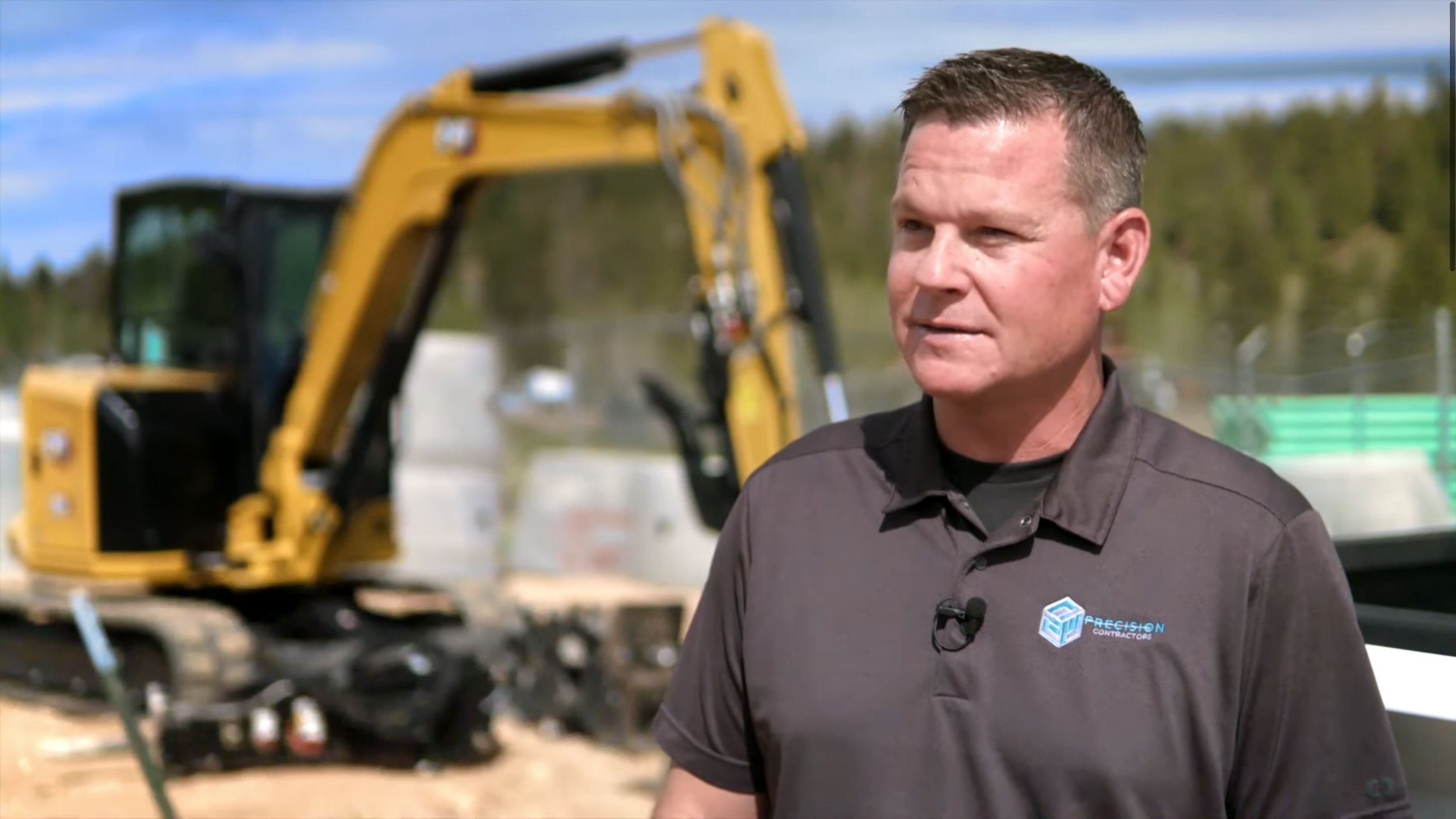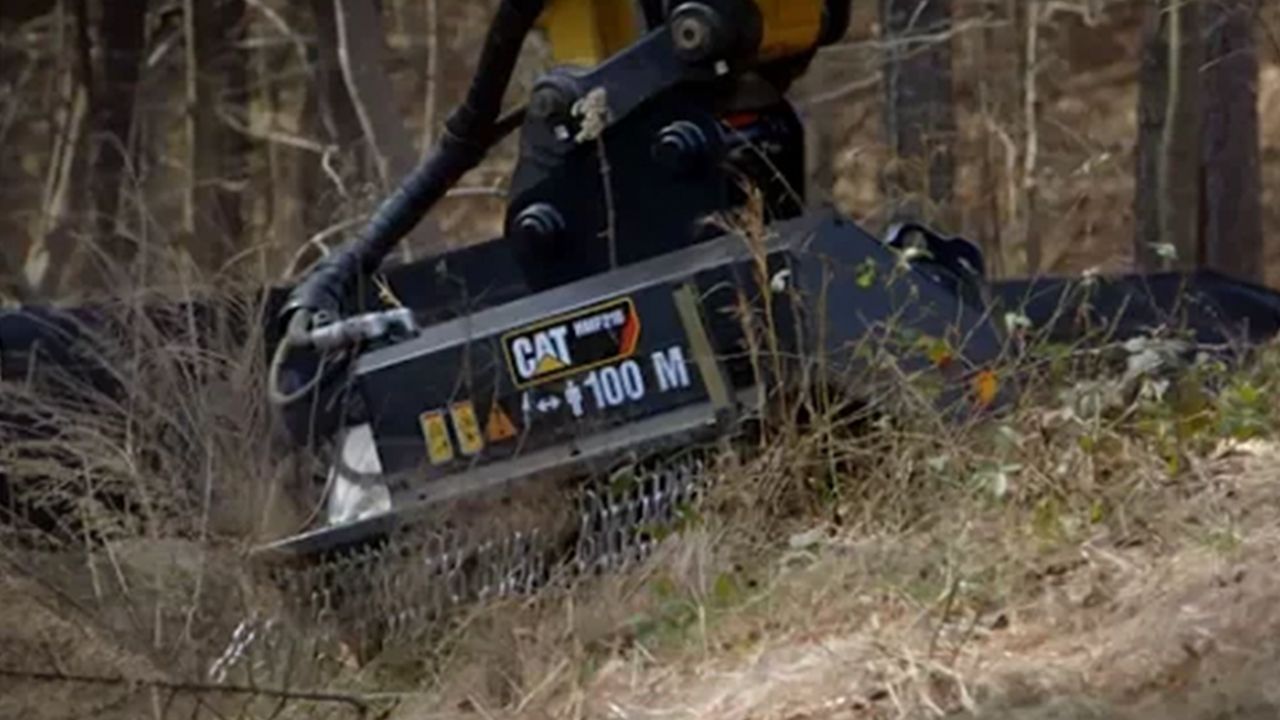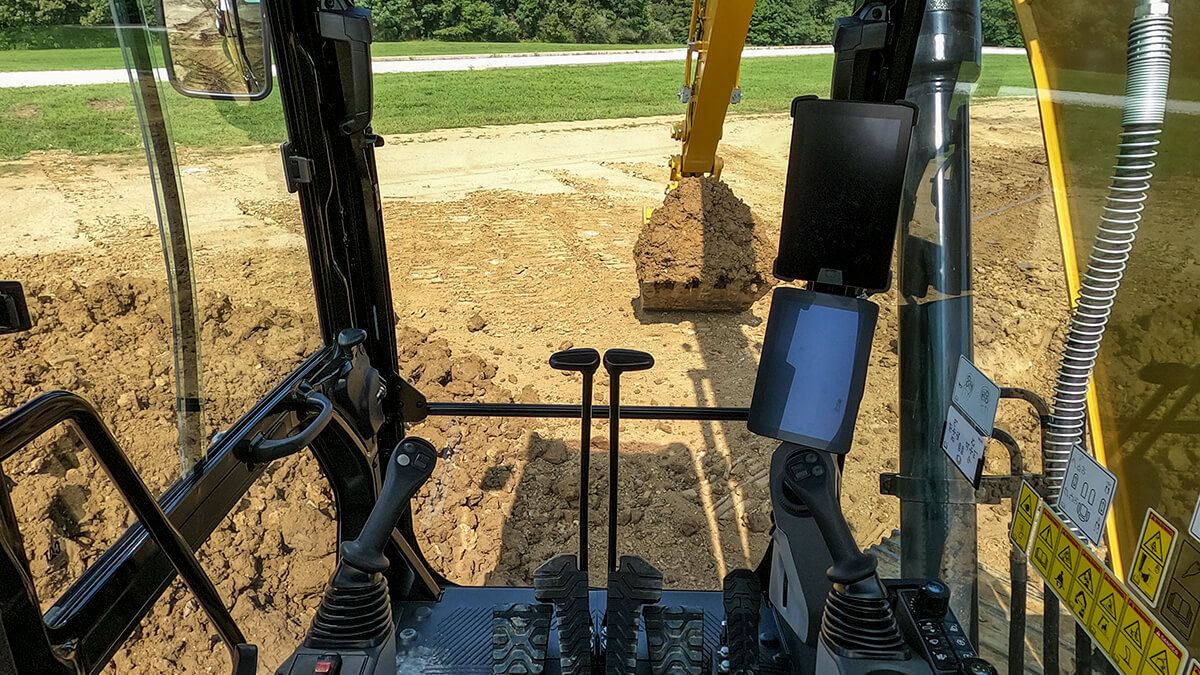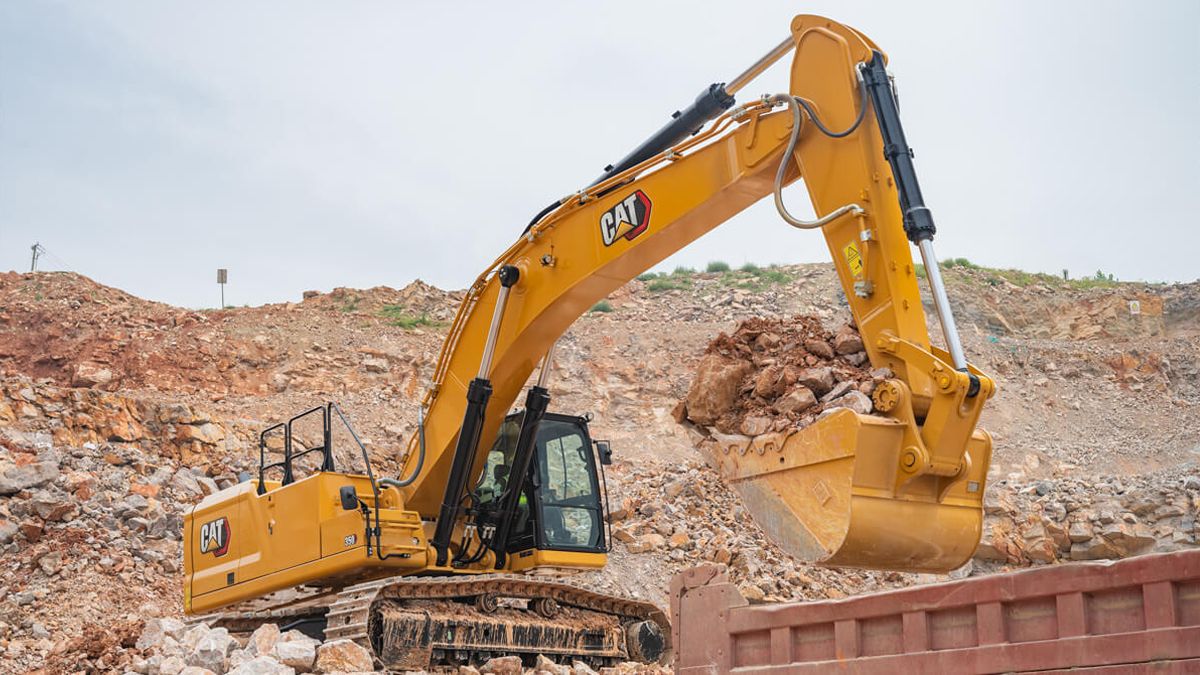

Sign In
Welcome! Sign In to personalize your Cat.com experience
If you already have an existing account with another Cat App, you can use the same account to sign in here
Register Now
One Account. All of Cat.
Your Caterpillar account is the single account you use to log in to select services and applications we offer. Shop for parts and machines online, manage your fleet, go mobile, and more.
Account Information
Site Settings
Security
Matching Hydraulic Hammer Applications to Opportunities
Selecting the right hydraulic hammer requires some homework. But hammers are an investment that will return dividends for years to come and can be used in more applications than you may have considered.
Estimated read time: 5 minutes
You may think you don’t need a hammer, but you need a hammer.
A machine-mounted hydraulic hammer makes your excavator more versatile. What if you need to trench rocky soil before putting in a foundation? Or demolish concrete ahead of a project? Rather than finding a subcontractor, you could handle the demolition with your excavator and hammer.
HYDRAULIC HAMMER APPLICATIONS
Construction
Here are some ways you could expect to use hammers in construction:
Concrete demolition work generally requires smaller hammers. Use them to break up concrete slabs, footings, foundations and walls.
Larger hammers take down bridge decks and demolish concrete and multistory buildings.
After a big demolition job, you can often process the rubble and use it yourself or sell it to other contractors looking for a low-cost source of aggregate.
Stratified layers of rock in a trench can be broken up for easier excavation and the compaction that follows.
Underground concrete pipe and culverts can be demolished and reduced in size for ease of removal.
Structures inside buildings can be demolished safely and efficiently using a small hammer on a compact excavator or carrier.
Metallurgical
In foundries, hammers are used to break heavy slag deposits.
Mining and quarry
Where blasting has become increasingly regulated, large hammers have come into their own. Hammers are used for primary excavation of materials (where blasting is not permitted) or to reduce the size of materials (if blasting is permitted).
For a complete list of matching the hammer, carriers and application or for a list of matches per hammer, refer to these charts.
WHAT TO CONSIDER WHEN PICKING YOUR HAMMER
CARRIER SIZE
With the correct-size hammer for your machine and application, you can knock out whatever comes your way.
But a hammer that’s too heavy could make your excavator or backhoe unstable and unsafe. The hammer could drop down too far after the material is broken, lowering productivity. On the other hand, your machine’s power can damage a hammer that’s too small.
Stability and safety are your top priority. Plus, matching the hammer to the application and machine delivers the performance you expect.
MOUNTING SYSTEMS
Hammers are designed to be pinned to the machine or attached with a coupler system. Couplers make it easy to switch from hammer to other attachments and back again. They’re useful in rental machines, mixed fleets and for solo operators who work with one machine.
HYDRAULIC REQUIREMENTS
Determine the oil pressure and flow rate the hammer requires and if your excavator can provide that. Your Cat® dealer can help you find these values.
Too little hydraulic pressure cuts down on productivity. You’ll have a slow, unproductive hammer and a lot of overtime.
Too much flow can overheat the hammer and the hydraulic system, destroying seal kits in both and potentially ruining the hammer.
Consider having your excavator’s hydraulic flow tested before deciding on a hammer. Check with your Cat dealer about specific brackets and hydraulic lines you’ll need to successfully connect a hammer to your machine.
PRODUCTIVITY FEATURES
The technology built into today’s hammers makes them more efficient than ever. For example:
Automatic shutoff stops the piston from cycling as soon as it senses the material has fractured. This saves on tool wear and tear and is especially helpful for inexperienced operators.
Noise suppression housings can help keep you in the public’s good graces when working in urban environments. And a quieter jobsite is a safer jobsite.
The Cat automatic lubrication system (autolube) provides a constant flow of grease to the hammer while in operation. It saves you manual labor and time. And it’s the most important maintenance item you can provide for your hammer.
Wear package options can protect the hammer housing of your performance hammer in abrasive applications such as trenching and boulder breaking.
BIT/TOOL TYPES
Blunt: Used in igneous and tough metamorphic rock in which the tool does not penetrate the material. Select for demolishing concrete structures and boulder breaking. It is often the most effective tool as its flat end radiates impact energy in all directions.
Chisel: Used in sedimentary and weak metamorphic rock into which the tool penetrates. Select for non-abrasive but ductile rock or when needing medium penetration to open seams and direct energy in a specific direction.
Moil: Used in sedimentary and weak metamorphic rock and concrete into which the tool penetrates. Select for soft, non-abrasive rock or when needing greater protection against excessive retaining pin groove wear.
MAINTENANCE
Despite the brutal work they take on, hammers can last for years with proper rebuilds and maintenance. Simplified tool removal and rotatable bushings reduce service time and costs.
Your Cat dealer will have the schedules and measurements you need to gauge when it’s time for rebuilds. If you’re not using a hammer- or carrier-mounted autolube system, be sure to grease your hammer every two hours of operation or more often in severe applications.
HYDRAULIC HAMMER OPERATING TIPS
Choose the right tip or tool for the job. Common options are moil, chisel and blunt. Other types include limestone chisel, hard rock chisel, pyramidal and super blunt.
Never hammer at the same spot for more than 15 seconds.
Don’t activate the hammer until the tool tip is seated securely on the work.
Don’t use the tool as a pry bar. A hammer is designed to absorb massive in-line blows but not sideways force. Likewise, don’t push big objects out of the way with the tool.
Always make sure you have enough grease in the hammer.
Keep other workers well clear of hammering operations as big chips can fly a great distance.
Work from the edges (never from the center) on large objects, reducing the rubble as you go forward.
For more information, check out our excavator hammer operating tips.
Popular Articles About Excavators
Get the most from your excavator with operating tips, safety advice, maintenance help and much more.
-
A Crowd Favorite
Hear real customer stories and experiences with the Cat® mini excavator.
Learn More -
A Better-Engineered Flail Mower
Learn about the flail mower attachments available for your Cat® mini excavator.
Learn More -
View Your Excavator’s Electronic Maintenance Manual
Need to see your manual on the go? Your excavator has an electronic maintenance manual.
GO PAPERLESS NOW -
Get To Know Your Cat® 350 Excavator
Just starting out? Learn where to find important features on your new 350 excavator.
GET STARTED NOW
Once You Own, You're In
Gain unlimited access to must-know information about your machine. Find ideas you can put to work on the job right away, including business insights.




